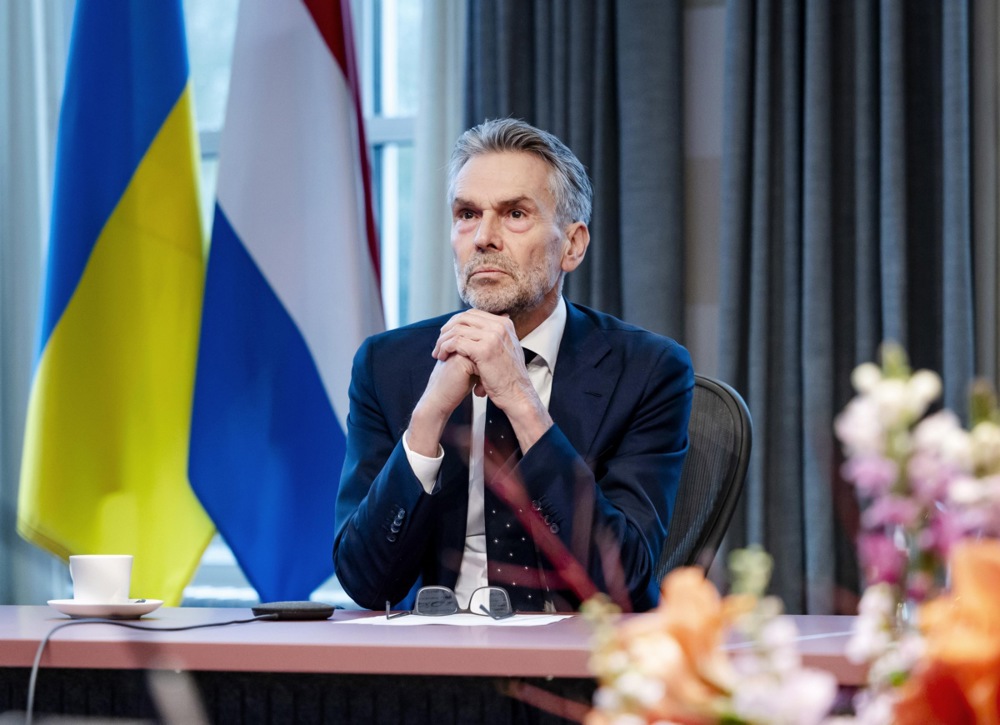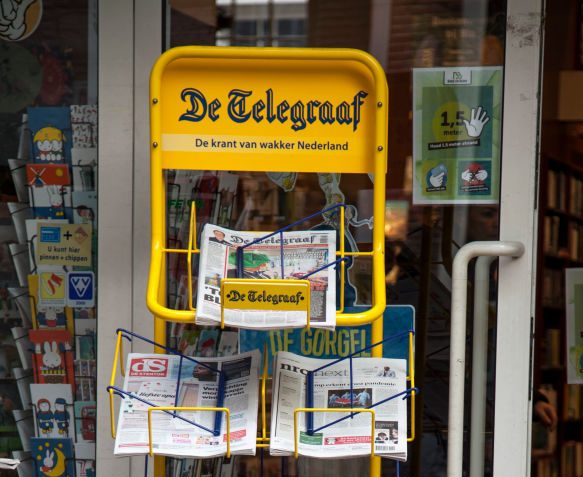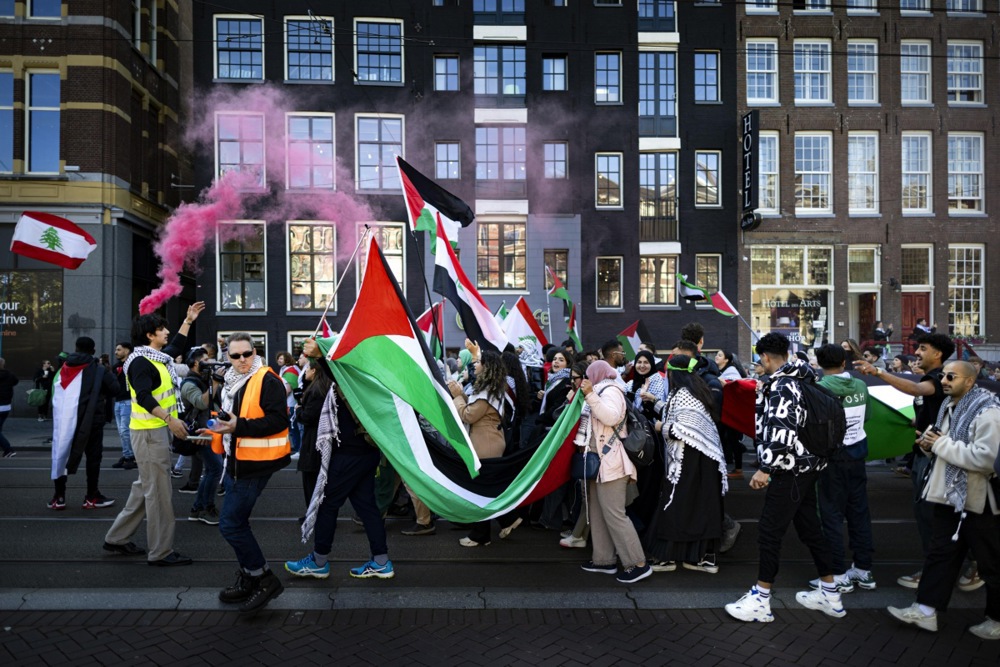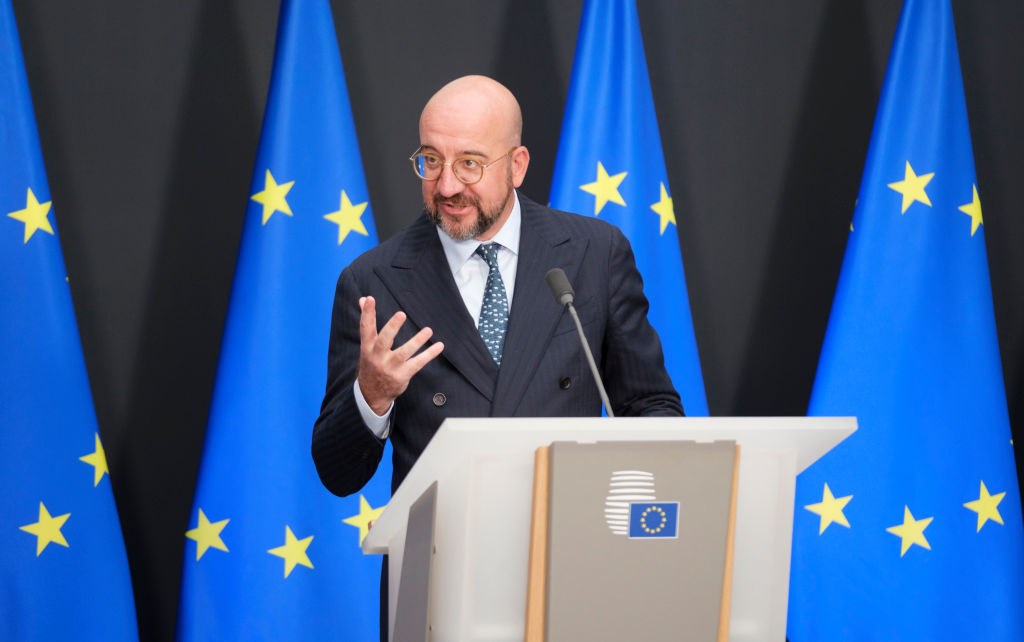Dutch State Secretary for Defence Gijs Tuinman said he aimed to significantly ramp up the country’s armed forces, contemplating some “unconventional” measures to more than double its size.
On March 25, the Dutch Ministry of Defence outlined its ambitious plans with goals ranging from a target of 100,000 personnel by 2030 to a long-term vision of a scalable force reaching up to 200,000 in times of crisis.
These plans, spearheaded by Tuinman and sent to the Dutch parliament on March 24, reflected a strategic shift to prepare for both peacetime resilience and wartime readiness.
The Netherlands wanted to develop a scalable armed force capable of adapting to evolving threats — expanding to deter aggression when necessary and efficiently downsizing during peacetime.
“This requires a different way of working, training and equipping,” said Tuinman in a press statement. “It is time to implement necessary changes in the armed forces quickly. So that we are ready when needed.”
Currently, the Dutch military numbers 76,673 personnel, including 43,277 professional soldiers, 24,212 civilian staff and approximately 8,000 reservists.
To achieve the hoped-for expansion, the ministry has introduced measures such as the voluntary “service year” for young recruits, relaxed medical and psychological entry requirements and an additional €260 million annually for recruitment and training.
In addition to the service year, there will be 10 to 12-week resilience training for young people. After that, they will become reservists
These steps are designed to address chronic manpower shortages and modernise the military’s appeal to a new generation.
Tuinman said he aimed to ensure that the necessary professional soldiers, reservists and civilian personnel could be deployed more rapidly. The organisation must also accelerate their education, training and integration into standing units, he said.
Looking beyond 2030, the Dutch Government envisioned a “scalable military” capable of mobilising up to 200,000 individuals in emergencies.
This ambitious target, highlighted in recent media reports and discussions with trade unions, included a substantial “flexible shell” of reservists who could be rapidly deployed in a crisis — such as a conflict involving Russia or other global threats.
“We need to be less selective, pay more attention to the individual and offer challenging work. We will modernise training and expand training capacity. The motto is: ‘Defence has room for everyone’,” Tuinman said.
While the 100,000 figure represented a peacetime goal, the 200,000 capacity was designed as a wartime contingency, drawing inspiration from countries including Sweden, which maintained large reserve forces.
Tuinman has emphasised that this vision prioritised flexibility over a return to conscription, a policy he has said he currently opposed.
The push for expansion came amid challenges for the Dutch army as it faced shortages of instructors, barracks and equipment, while trade unions and analysts question whether the budget — despite recent increases — could sustain such growth.
A NATO report from 2024 highlighted that the Netherlands could sustain combat in an actual war for just a month, citing a shortage of tanks, artillery and trained personnel.
Achieving the 100,000 target would require overcoming logistical hurdles and cultural resistance to military service. The leap to 200,000 would demand billions more in funding and potentially radical policy shifts, such as mandatory service, which has remained a topic of debate.
The Netherlands’ military expansion reflected a broader European trend of rearmament in response to the war in Ukraine, which proved that Europe had over recent years perilously degraded its own military power.
We hebben tot maximaal 200.000 mensen nodig om onze krijgsmacht sterker te maken door mankracht én slimmer door specialisatie. Militairen, burgers en vele duizenden nieuwe reservisten.@Defensie moet sneller klaarstaan met meer mensen. Dat is onze missie. pic.twitter.com/eMxp11mmpM
— Gijs Tuinman (@DefensieStas) March 24, 2025





